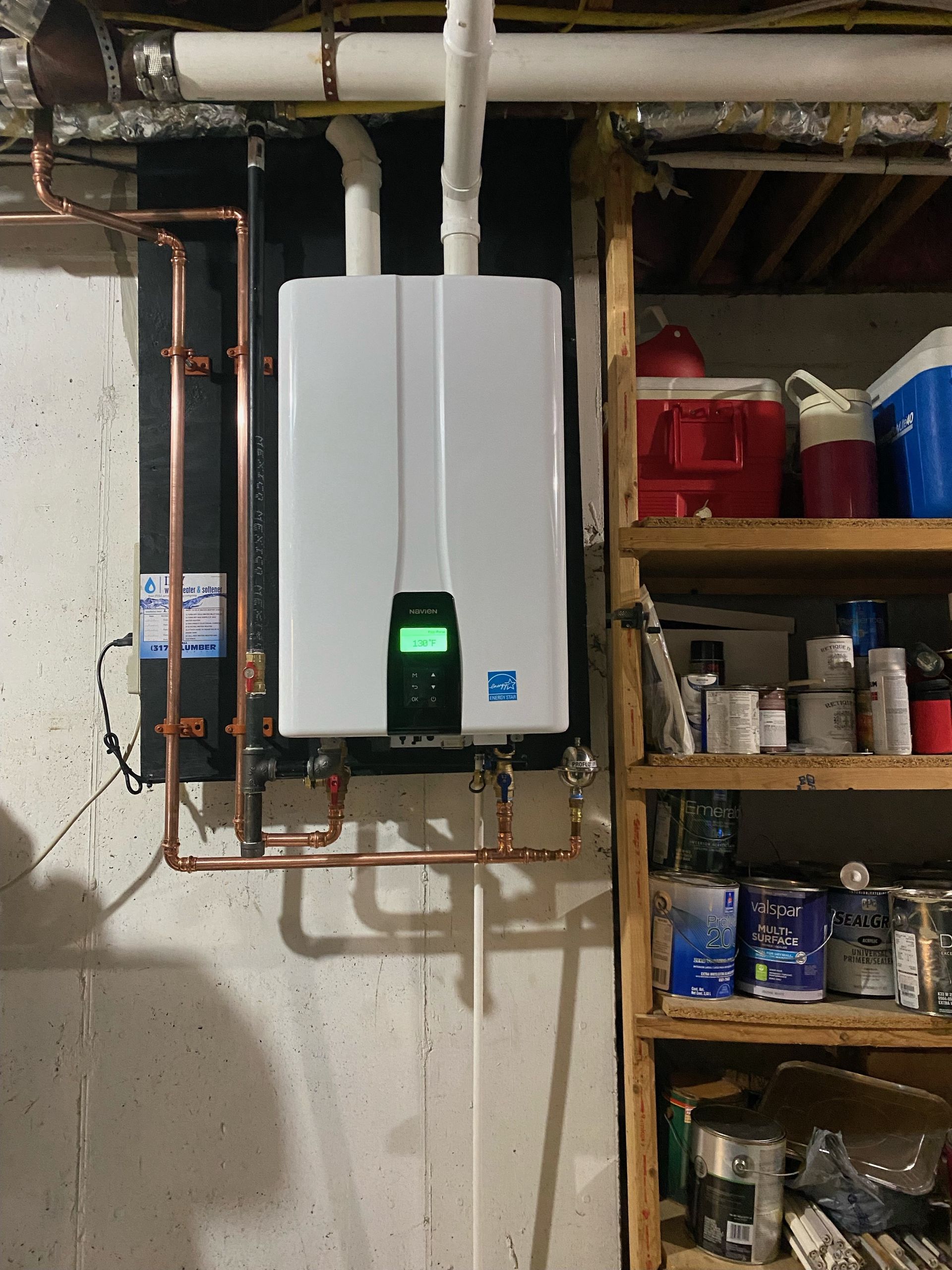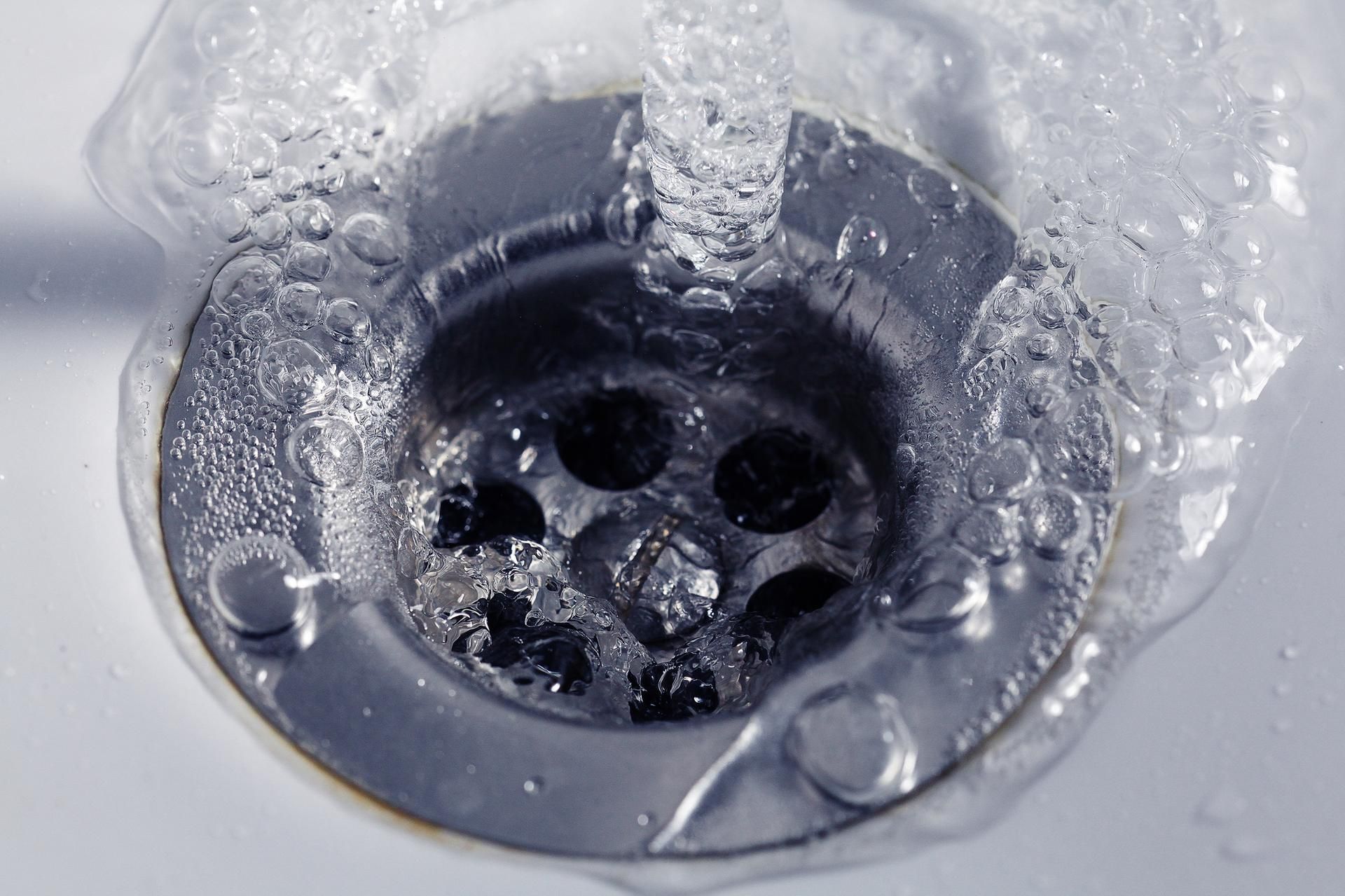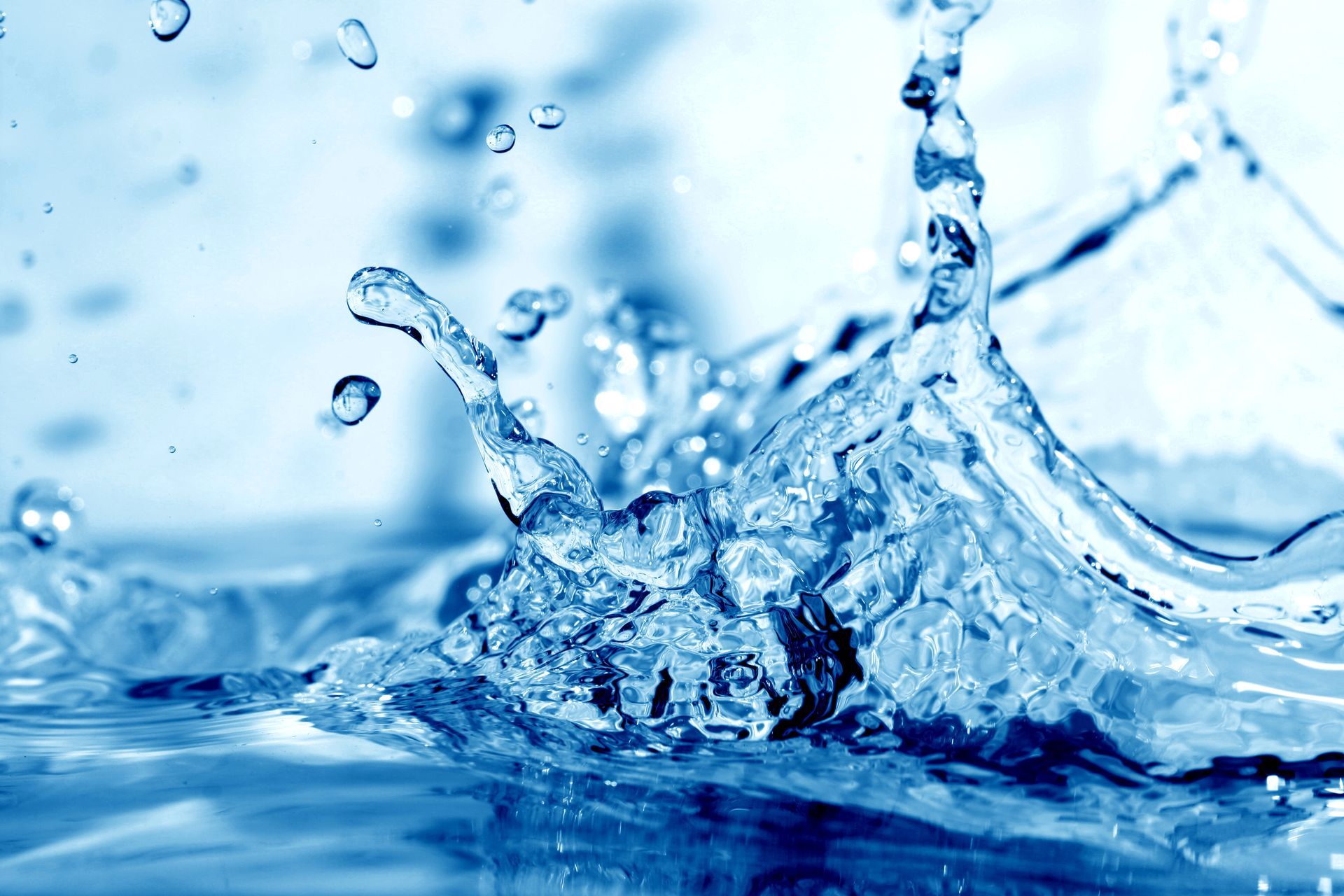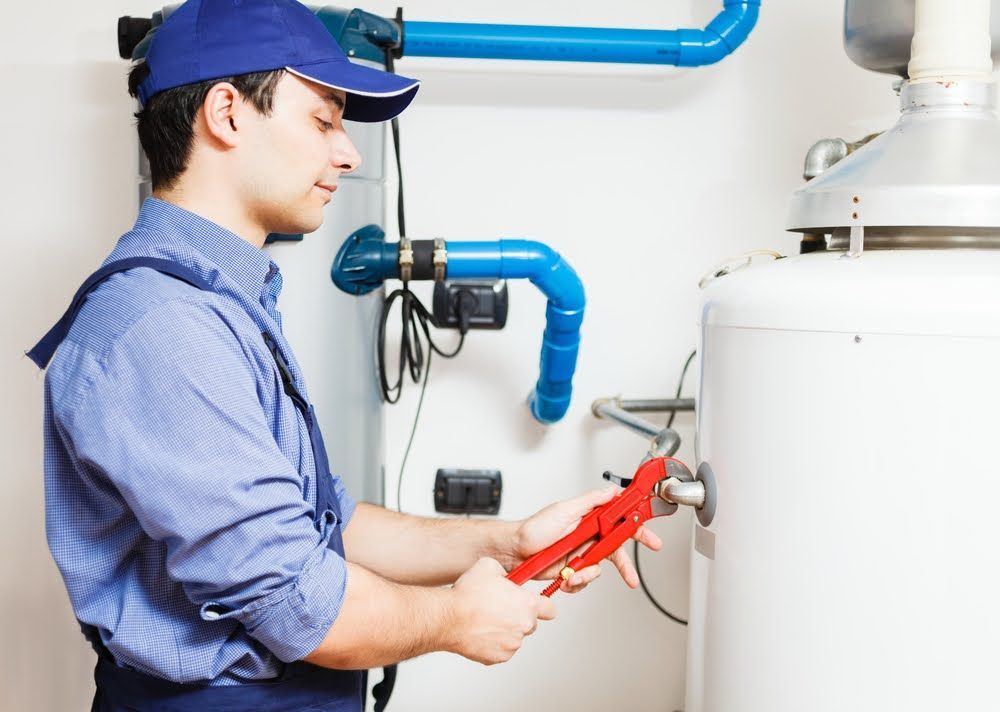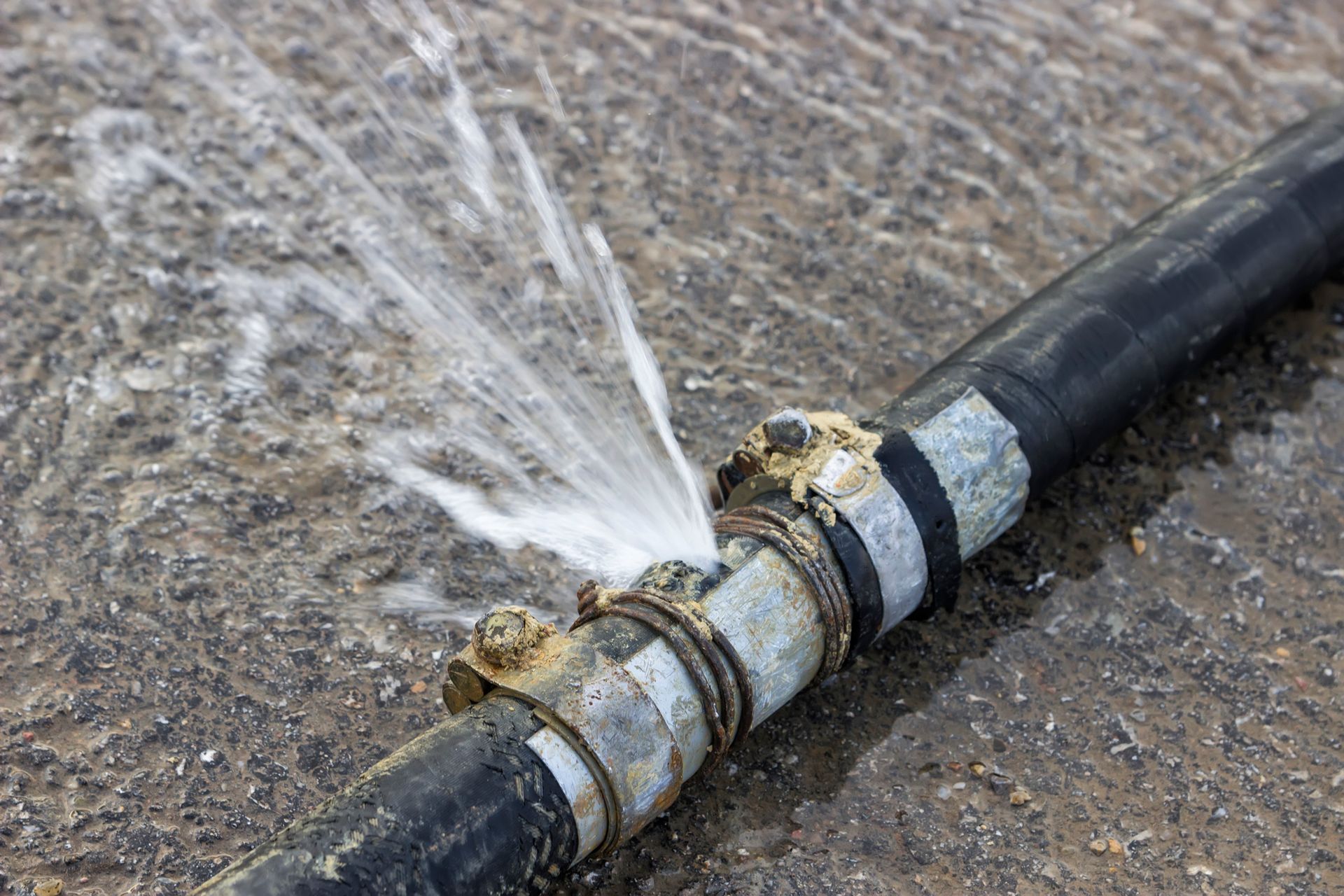How To Identify and Fix Bellied Sewer Lines
Sewer lines fail for various reasons. Pipes can break as they get older or get damaged. However, lines sometimes stop working even though they stay intact. For example, if a sewer pipe becomes bellied, then it can't carry waste and water efficiently.
Read on to learn more about bellied pipes, what causes this problem, and how to fix it.
What Is a Bellied Sewer Line?
Sewer lines should run straight. They might have an inclined angle but the pipe itself should be even and level. Water and waste will run through the line more efficiently if they have a straight line to follow.
Sometimes, pipes lose this straight line. For example, part of a pipe might sag and lie lower than the rest. This typically happens around pipe joints.
Most of the pipe will be straight—however, part of it will create a U-shaped bend. This sagging area is known as a belly.
What Causes Bellied Sewer Lines?
Sewer lines can sag into bellied positions for various reasons. Environmental problems and pipe damage can create enough movement to make some of a pipe lose its holding position.
Bellied line problems are most often due to ground conditions under the line. For example, if the soil under part of a pipe is softer than the soil under the rest of the pipe, then this part won't have adequate support. It might shift down into a bellied shape.
Sometimes, this happens because of problems with the original line installation. If the person laying the line didn't compact all the soil under the pipe to the same hardness, then the line sits on unsupportive soft soil.
However, other times, pipes belly because of ground changes. For example, foundation movements might shift the soil under part of a pipe. Or, a tree root that grows into the pipe can allow water to escape from it. This water makes soil soft under part of the pipe which then starts to sag into the ground.
How Do You Know if You Have a Bellied Sewer Line?
Once a sewer line has a belly, then it can't work correctly. Water and waste will collect in the dipped area and stay there. It gets trapped in the sag.
Trapped water and waste can create noxious smells which come back up the line and into your home. If enough waste builds up, then it will create a clog. Water and waste might not flush down your system as fast and efficiently as it should. You might have blocked sinks, drains, and toilets.
However, bellied pipes aren't the only reason behind these problems. Other problems in your sewer line can have the same effects.
To find out if your line has bellied, you need a plumber's help. They can run a video camera down your line to see what type of problem you have. If you have a bellied area, then this will show up on your footage.
How Do You Fix a Bellied Sewer Line?
If your sewer line has bellied, then you need to fix the sagging area. Sometimes, you can use trenchless repair techniques. For example, you might be able to fix minor sags with no ongoing ground faults by pulling or pushing a new pipe into your old one. This pipe will become your new sewer line.
However, if you have ground condition problems, then you might need to dig up your pipe at the bellied location. Your plumber can remove the damaged part and replace it to straighten out your line again. They will also ensure that the pipe has solid ground support so that it doesn't sag in the future.
If you have a problem with a sewer line, then contact Indy Water Heater and Softener LLC. Our expert plumbers will inspect your system to find the source of the problem. If you do have a bellied section of pipe, then they will recommend the most effective and cost-efficient repair.
Business Hours
Mon - Fri: 7:00 am - 5:00 pm
Sat - Sun: Emergency only
24-hour emergency
After hours for emergency calls







